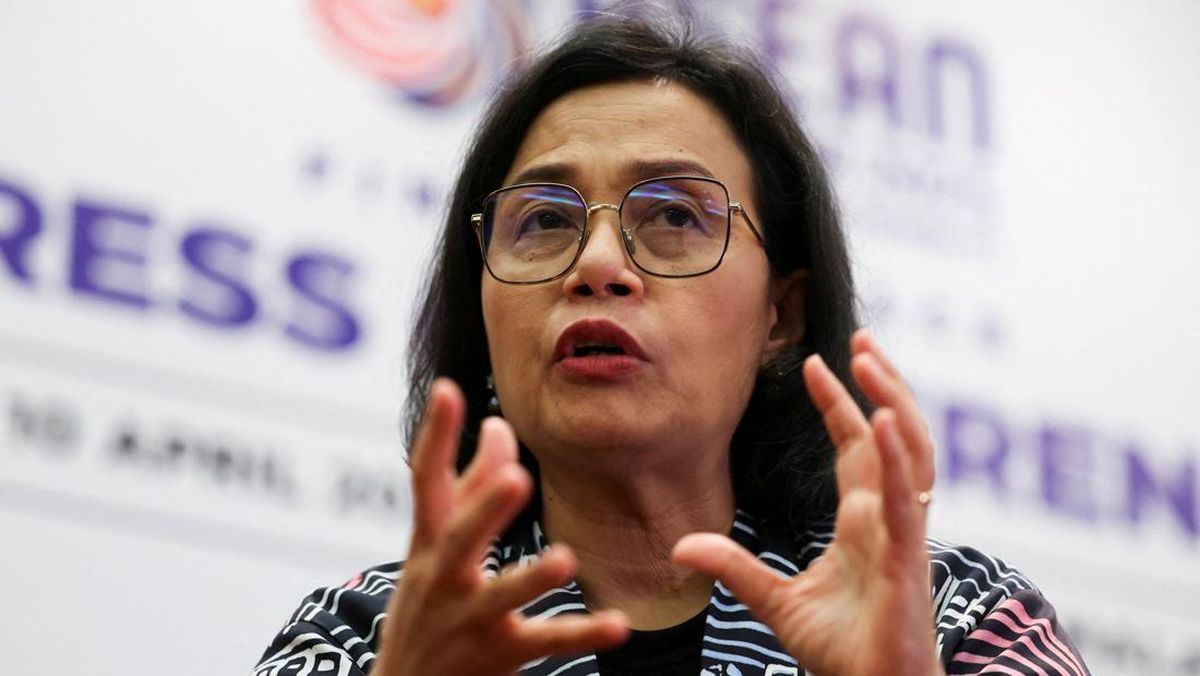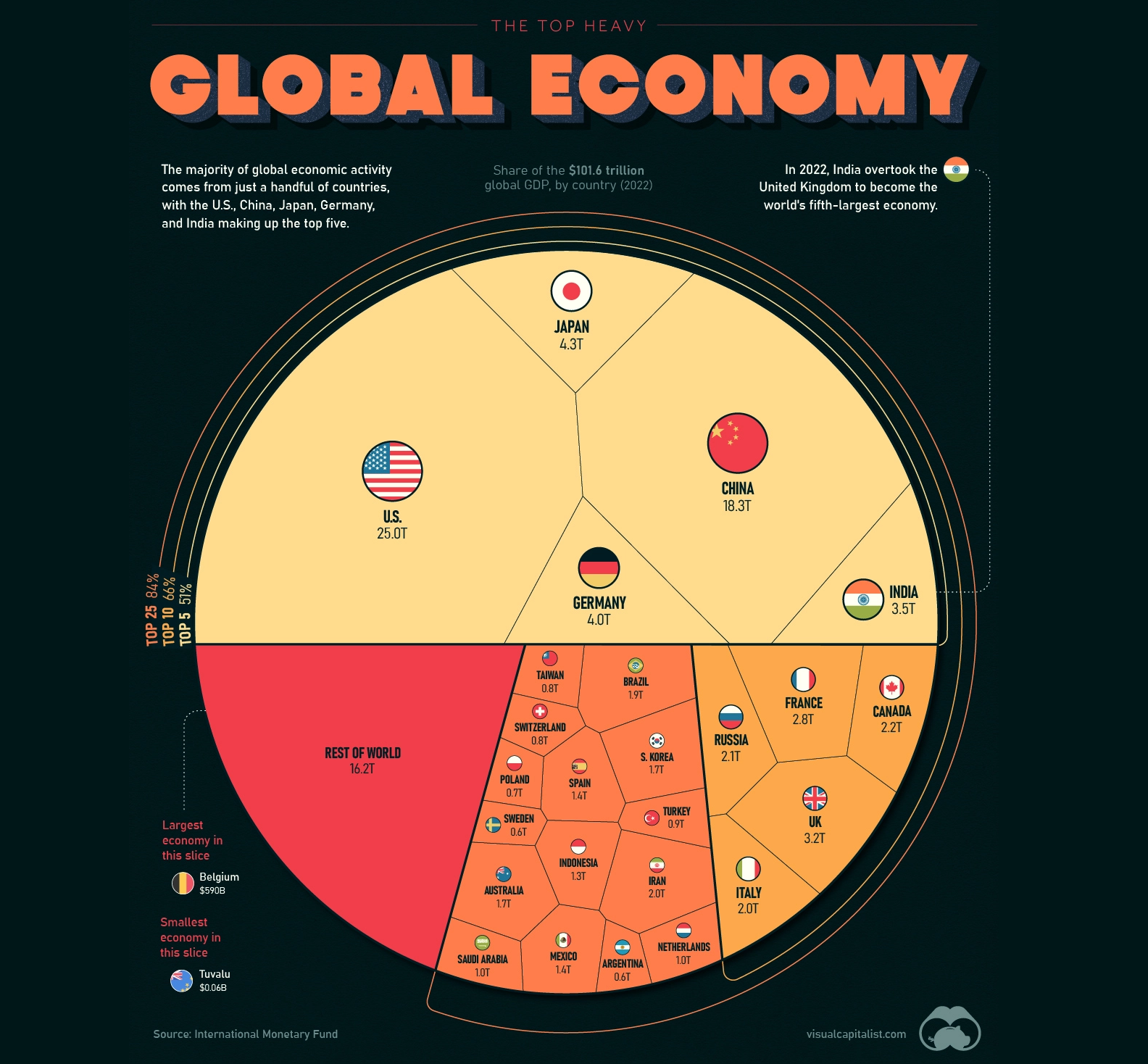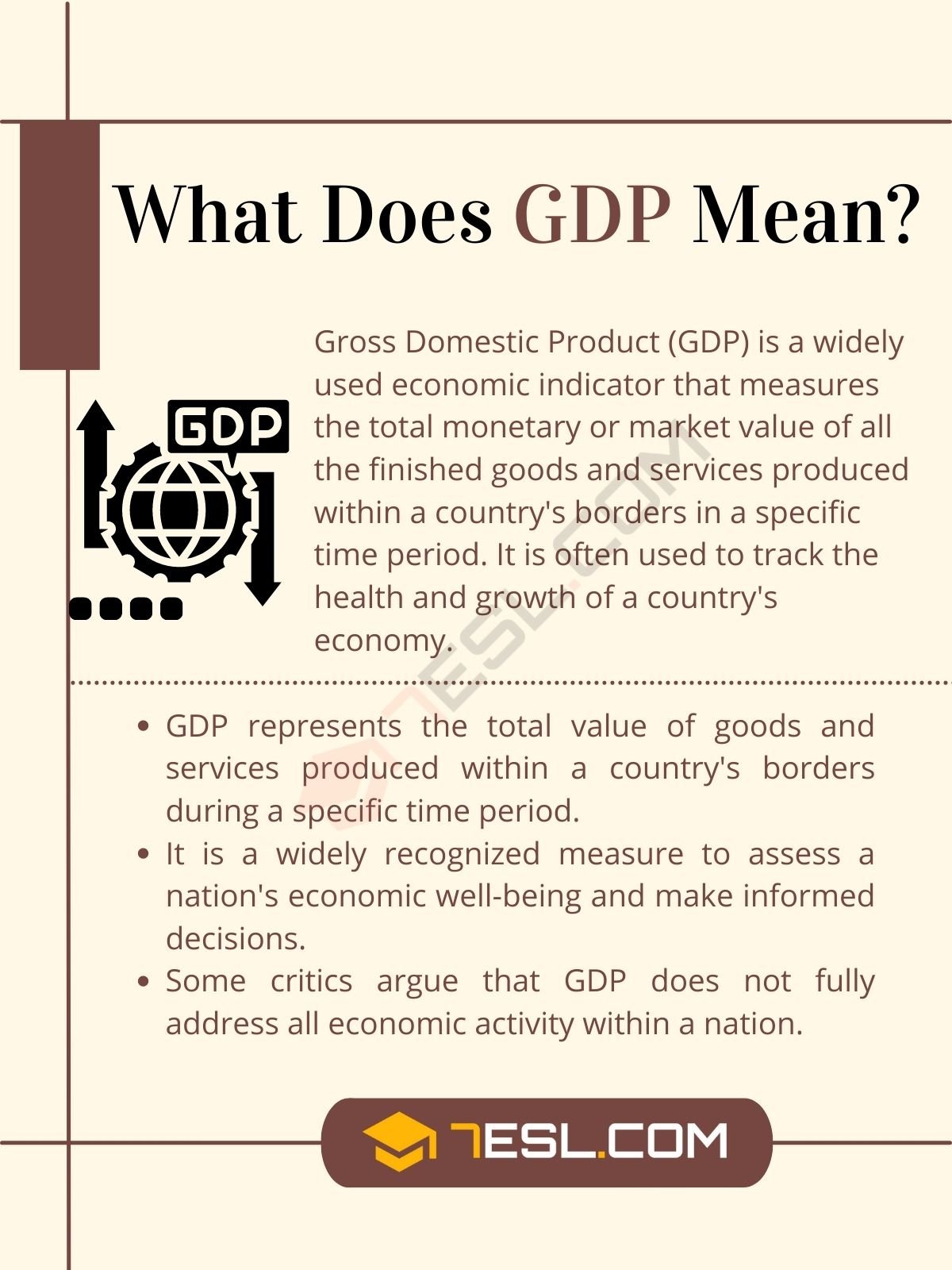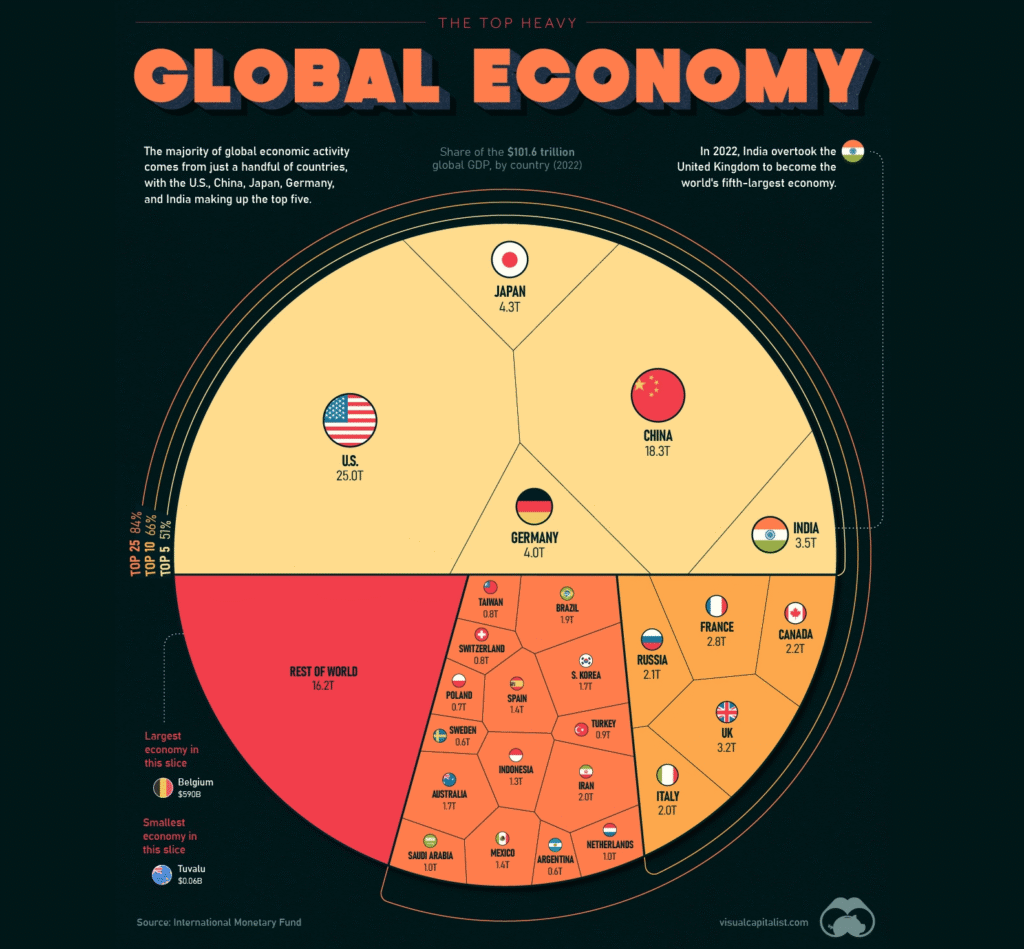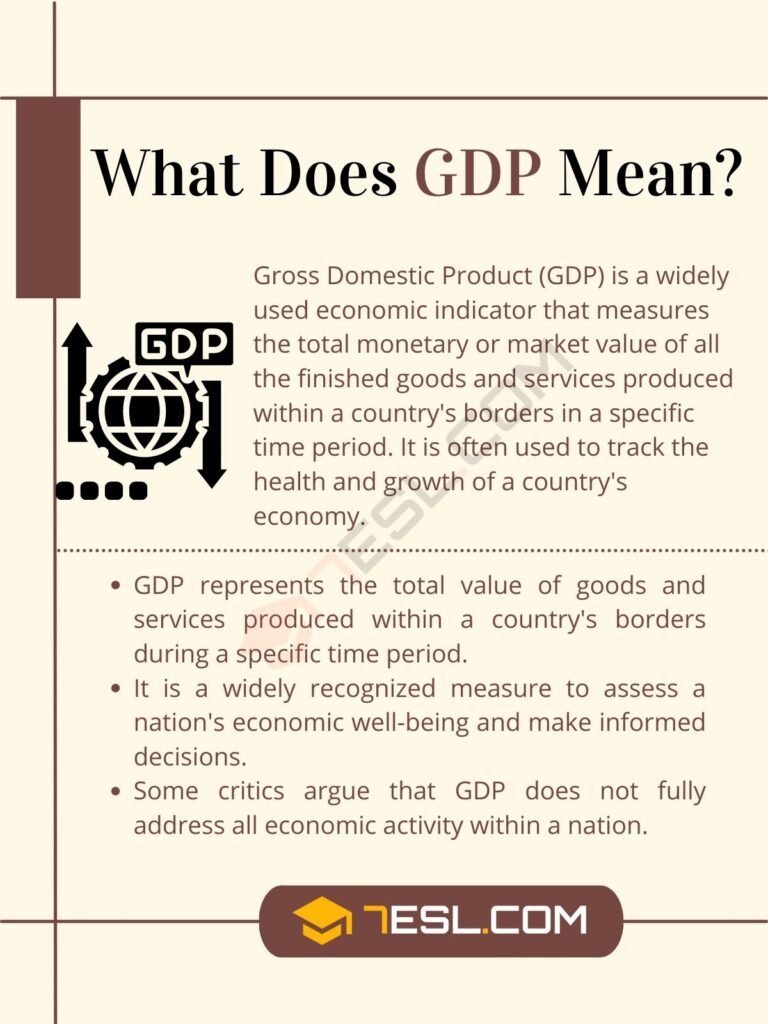In a world where global growth remains uneven, Indonesia has emerged as a standout performer. Recent economic reports show that Indonesia ranks as the second-best performing economy in the world after China. This remarkable achievement signals Indonesia’s growing influence in the global economy and its resilience in navigating economic challenges.
With a strong combination of steady GDP growth, controlled inflation, and rising investment, Indonesia is capturing international attention—not just as a regional leader, but as a global economic contender.
What’s Driving Indonesia’s Growth?
Several key drivers are propelling Indonesia’s impressive economic performance. First, domestic consumption continues to be a major engine of growth. As Southeast Asia’s largest economy, Indonesia benefits from a large and youthful population with increasing purchasing power. Retail, digital commerce, and lifestyle sectors are booming.
Second, the country has made major strides in infrastructure and digital transformation. Government-backed projects like the development of new toll roads, airports, and smart cities have stimulated both domestic and foreign investment. Meanwhile, the rapid growth of Indonesia’s digital economy has attracted global tech players and investors.
Furthermore, stable macroeconomic policies have helped maintain investor confidence. With inflation under control and interest rates managed carefully, the central bank has supported growth without triggering volatility.
Global Recognition and Investor Confidence
Indonesia’s strong economic data has not gone unnoticed. In several global rankings and reports, including those from the International Monetary Fund (IMF) and World Bank, Indonesia is consistently cited as one of the top-performing economies in 2025—just behind China.
Global investors are also taking note. Foreign direct investment (FDI) has surged, particularly in sectors such as renewable energy, manufacturing, and digital services. As a result, the Jakarta Composite Index (JCI) has shown steady growth, reflecting rising confidence in the nation’s economic outlook.
Challenges Remain—But So Does Momentum
Of course, no success comes without hurdles. Indonesia still faces structural challenges, including improving education, reducing income inequality, and strengthening institutional transparency. In addition, the global economy remains uncertain, and external shocks could pose risks.
However, Indonesia’s proactive policies and reform agenda—led by a government committed to long-term sustainability—are key to keeping the momentum alive. Initiatives such as tax reform, support for MSMEs, and incentives for green investment are creating a more dynamic and inclusive economic environment.
Looking Ahead: A Bright Future
Moving forward, Indonesia aims to sustain this growth by diversifying its economy and strengthening innovation. Efforts to become a regional hub for electric vehicles (EVs), digital startups, and green energy show the government’s long-term vision.
If current trends continue, Indonesia could soon be more than just the second-best economy after China—it may become a top destination for global capital, innovation, and sustainable development.
Conclusion: Indonesia Steps Into the Global Spotlight
In conclusion, Indonesia’s ascent as the world’s second-best performing economy marks a major milestone. Through strategic planning, resilient domestic demand, and investor-friendly policies, the country is not just surviving—it’s thriving. As the world watches closely, Indonesia is stepping boldly into the global spotlight, ready to shape the future of emerging markets.
